What Are the Key Features to Look for in a Multifunctional Laser Line Projector?
1.Accuracy and Precision:
Accuracy is paramount in a laser line projector, as the primary purpose of the device is to provide exact lines for alignment and measurement tasks. High precision ensures that the lines projected are true to the intended measurements, which is critical in construction, tiling, or any project requiring meticulous detail.
A high-quality laser line projector should have an accuracy margin of around ±1/8 inch at 30 feet. This level of precision helps in avoiding mistakes that could lead to costly rework. When evaluating accuracy, consider how the projector maintains its precision over various distances and in different conditions. Look for devices with high user ratings for accuracy to ensure reliability.
2.Range and Visibility:
The range of the laser line projector refers to the maximum distance the laser can project while remaining visible and useful. A longer range is beneficial for large projects, whether indoors or outdoors. Visibility, influenced by the laser's brightness and color, is also crucial. Green lasers are typically more visible than red ones, especially in bright environments.
For indoor use, a range of 30 to 50 feet is usually sufficient, while outdoor projects might require ranges up to 100 feet or more. When working in bright sunlight or well-lit interiors, a green laser can be significantly easier to see than a red one. Visibility can be further enhanced with features like adjustable brightness settings, which allow the laser to be more adaptable to different lighting conditions.
3.Self-Leveling Mechanism:
A self-leveling mechanism ensures that the laser lines are perfectly horizontal or vertical, even if the device is placed on a slightly uneven surface. This feature is a time-saver and enhances the accuracy of the projections by eliminating manual adjustments.
Typically, self-leveling projectors have an internal pendulum or similar mechanism that can adjust within a range of ±4 degrees. This means the device can correct minor tilts, ensuring the lines remain true. This feature is particularly useful in construction and DIY projects where surfaces are rarely perfectly level. Always check how quickly the projector levels itself and whether it has indicators to show when it’s out of its leveling range.
4.Multiple Line Modes:
Versatility in line modes allows the projector to be used for various tasks. Common modes include horizontal lines, vertical lines, and cross-lines. Some advanced models may offer additional features like plumb lines or grid patterns.
Having multiple line modes means you can use one device for a range of applications, from installing cabinets and shelves to laying tiles or aligning pictures. Cross-line mode, for instance, is invaluable for checking both horizontal and vertical alignment simultaneously. Advanced models with extra features can even provide grid patterns, which are useful for more complex layouts such as wall framing or large tiling projects.
5.Durability and Build Quality:
Durability is essential, especially if the projector will be used in challenging environments. Features such as water and dust resistance, durable casing, and shock resistance are important for ensuring the longevity of the device.
Look for projectors with an IP54 rating or higher, indicating good protection against dust and water. A robust build with shock-absorbing materials can prevent damage from drops and impacts, which are common on busy job sites. High-quality models often feature rubberized casings and sealed components, protecting the internal electronics from the elements and extending the life of the device.
6.Power Source and Battery Life:
The type of power source and battery life are important considerations. Rechargeable batteries are cost-effective and environmentally friendly, while long battery life ensures the projector can operate for extended periods without frequent recharging.
Laser line projectors with lithium-ion batteries generally offer longer runtimes and quicker charging compared to those using standard AA or AAA batteries. Some models feature USB charging, which adds convenience, especially on job sites where traditional charging options might not be readily available. Consider the battery life in relation to your typical work sessions to ensure uninterrupted operation.
7.Mounting Options:
Flexible mounting options enhance the usability of the laser line projector. Features such as tripod compatibility, magnetic mounts, and wall brackets allow the projector to be positioned precisely where needed.
A projector that can be easily mounted on a tripod is advantageous for tasks requiring height adjustments. Magnetic mounts enable quick attachment to metal surfaces, which is particularly useful in construction settings. Wall brackets provide stability and precise placement for tasks like aligning tiles or installing fixtures. The more versatile the mounting options, the more flexible and useful the projector will be in various scenarios.
8.Ease of Use:
User-friendly controls and clear instructions are essential for efficient operation. Features like simple one-button operation, intuitive interfaces, and easy-to-read displays enhance the user experience.
A laser line projector with straightforward controls reduces the learning curve, allowing you to focus on your project rather than figuring out how to operate the device. Look for models with clear indicators for battery life, leveling status, and mode settings. Devices with ergonomic designs and easy-to-navigate menus can significantly improve workflow and productivity.
9.Calibration and Maintenance:
Regular calibration ensures the accuracy of the projector over time. Models that offer easy calibration options and require minimal maintenance are preferable.
Some advanced projectors come with automatic calibration features, which maintain accuracy without user intervention. Manual calibration should be straightforward, with clear instructions provided. Low-maintenance designs mean fewer interruptions to your work, ensuring the device remains reliable and accurate with minimal effort on your part.
Multifunctional Laser Line Projector
The multifunctional laser line projector is a device that emits a laser beam to project thin, straight lines onto a surface. The projector has adjustable focus and various line patterns, allowing it to be used for different applications. It can project straight lines horizontally, vertically, or at different angles, making it useful for leveling, alignment, and measuring tasks.
Related Products
-
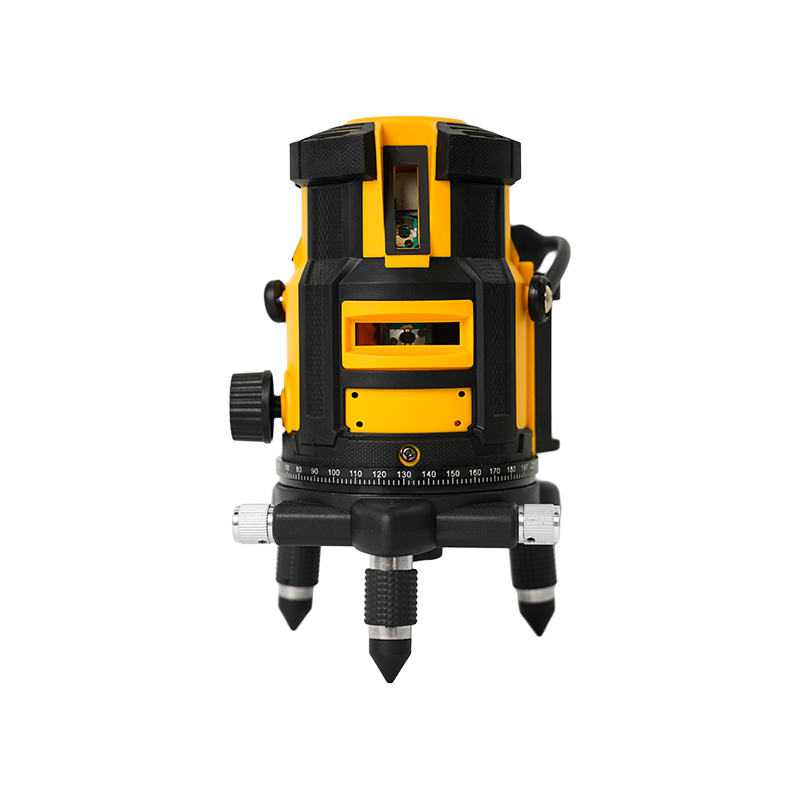
Self-Leveling Laser Level
-

Green Beam Laser Level
-
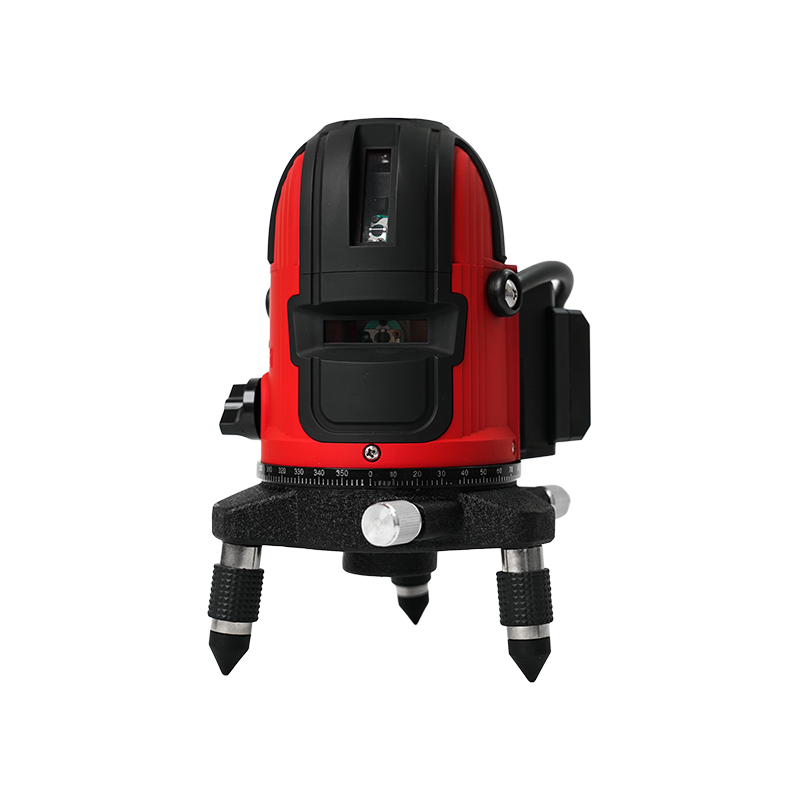
Rotary Laser Level
-
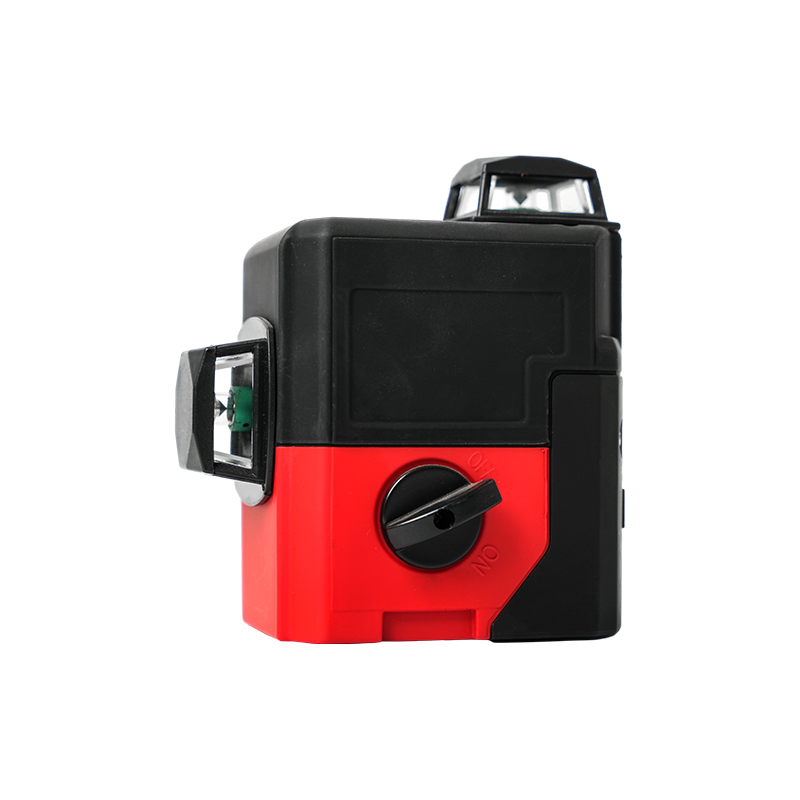
Reticle Line Laser Level
-
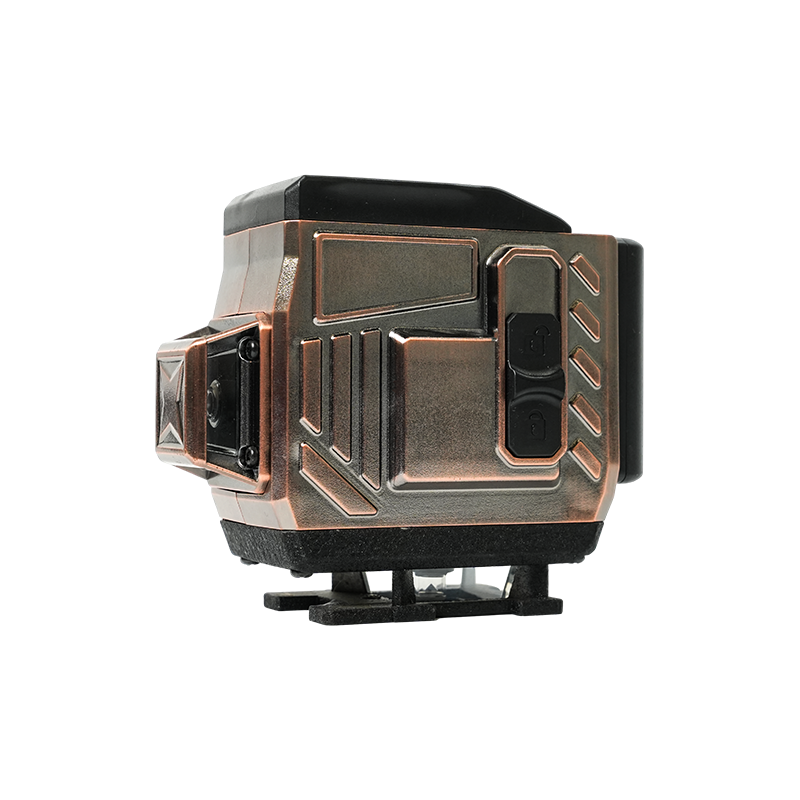
Green beam 12 Lines Laser Level
-

Construction Laser Level
-
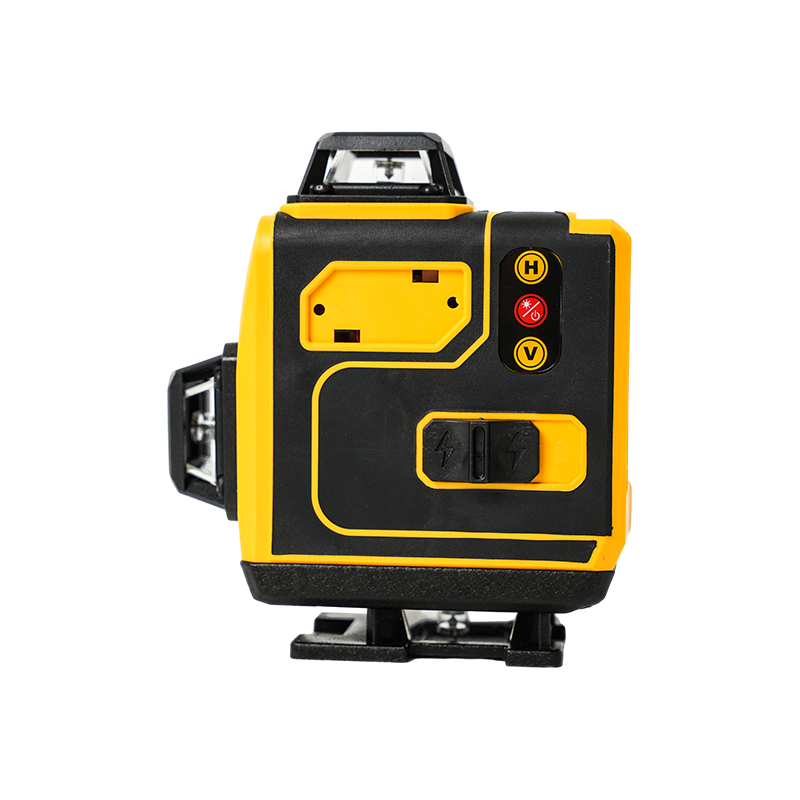
Multifunctional Laser Line Projector
-
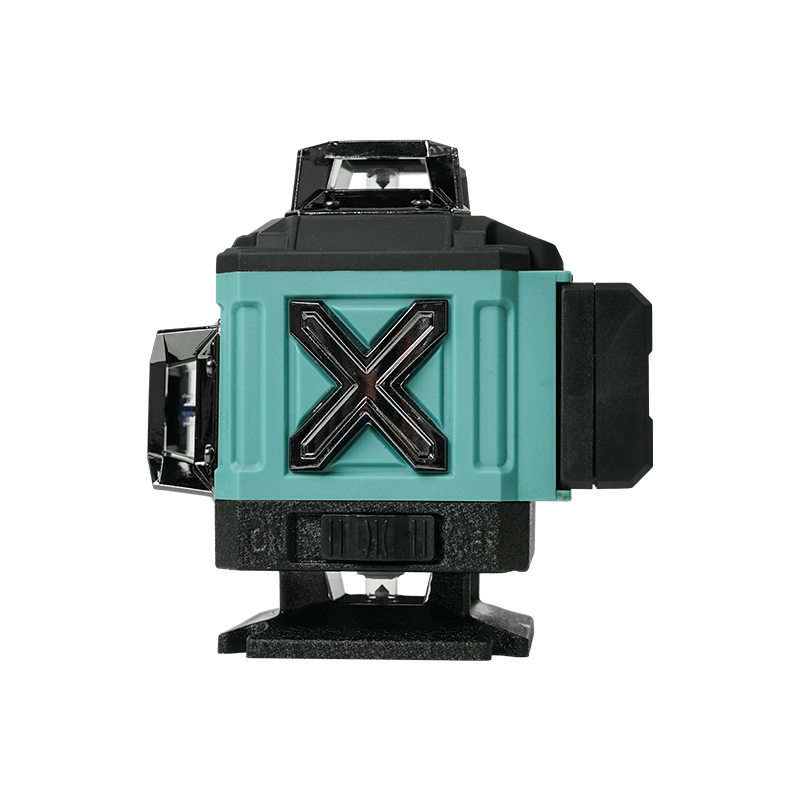
Digital Laser Line Projector
-
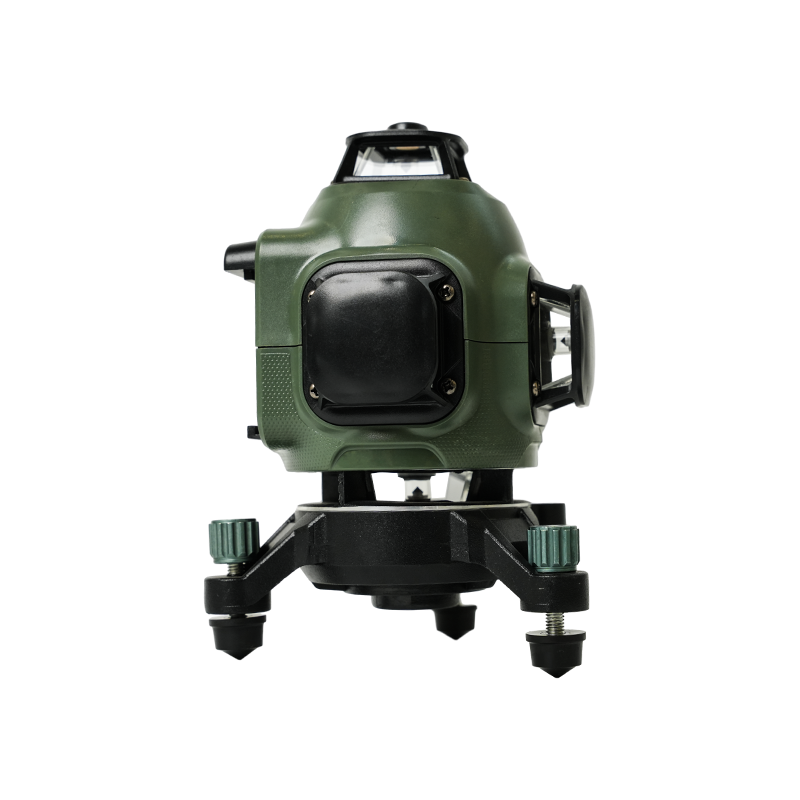
Industrial Laser Line Projector
-

Handheld laser line Projector
-

Laser Line Projector Lifting Tripod
-

Laser Line Projector Heavy Duty Lifting Tripod
Contact Us
-

Email: [email protected]
-

Telephone: +86-513-83449118
-

Fax: +86-513-83449118
-

Phone: +86-18962839249

 English
English русский
русский
